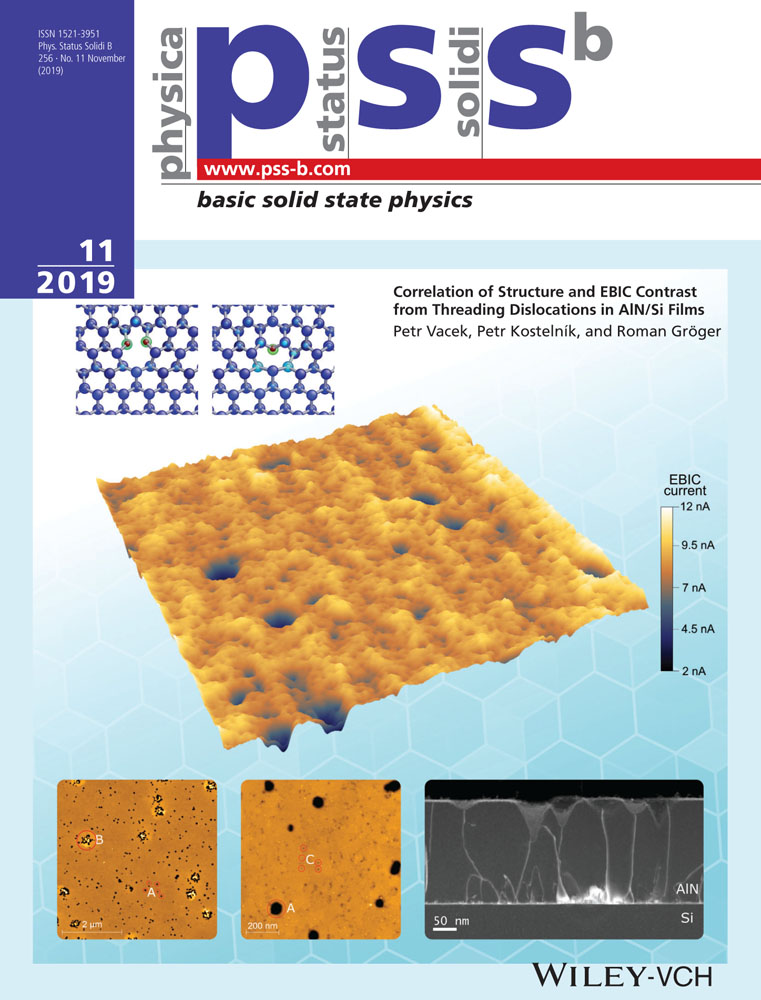Structural Properties and Wettability of TiO2 Nanorods
Abstract
The structural and wetting properties of as-deposited, annealed, and UV-exposed TiO2-slanted nanorods grown on different substrates have been studied. The slanted nanorods of 250 nm thickness are deposited on silicon, fluorine-doped tin oxide, and glass at 80° using glancing angle deposition (GLAD) by employing e-beam evaporation. The structural evolution shows that the prior seeding on the substrate affects the morphology dramatically, while a different angle of deposition can tune a plane substrate for exciting morphologies by GLAD technique. Annealing and UV exposure redefine the grown material and change the structural and wetting behavior of the TiO2 films. Notably, annealing the sample at 500 °C for 1 h has decreased the contact angle, and all the annealed samples become hydrophilic. Further, the UV radiation exposure makes all the samples super-hydrophilic. It is demonstrated that by choosing an appropriate substrate, controlled properties of our interest with or without external stimuli can be achieved. Nevertheless, these samples will find interesting applications in self-cleaning, photocatalysis, gas sensing, antireflection coating, etc.
Conflict of Interest
The authors declare no conflict of interest.




